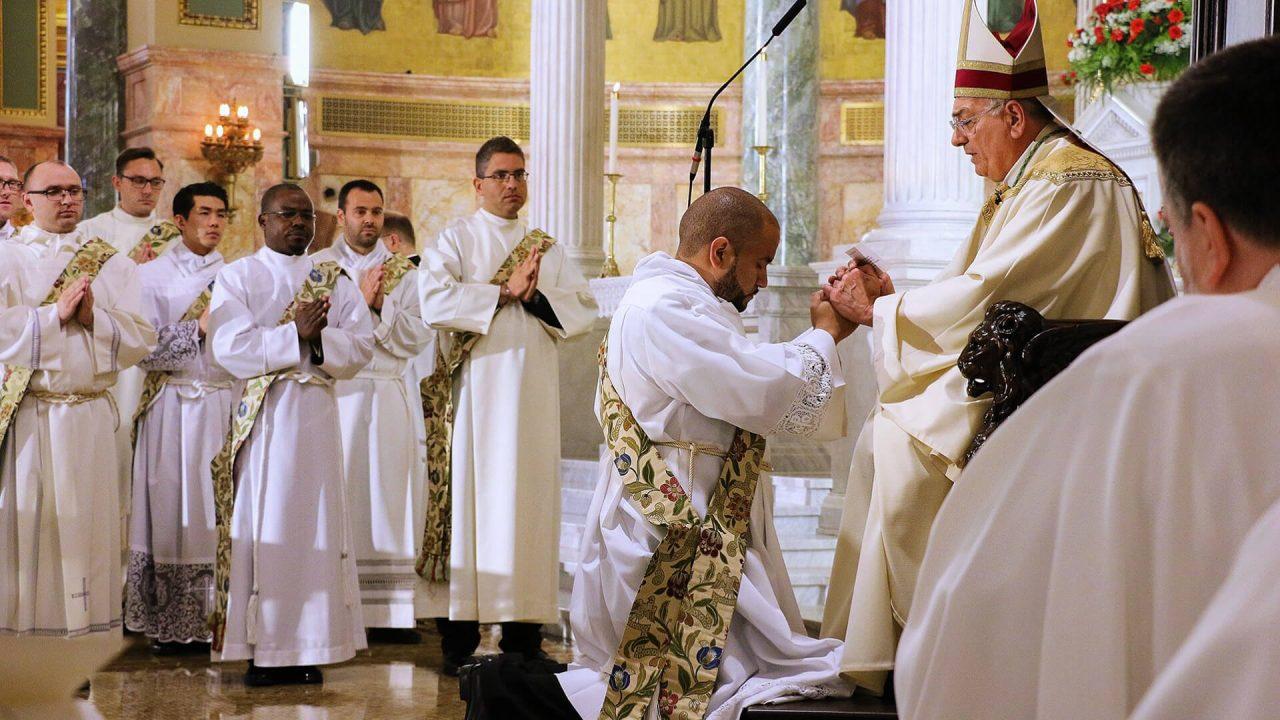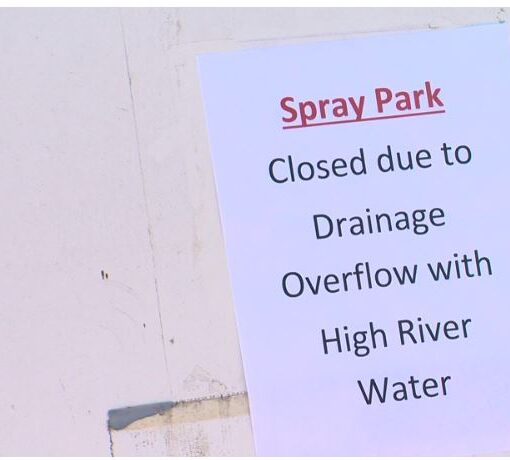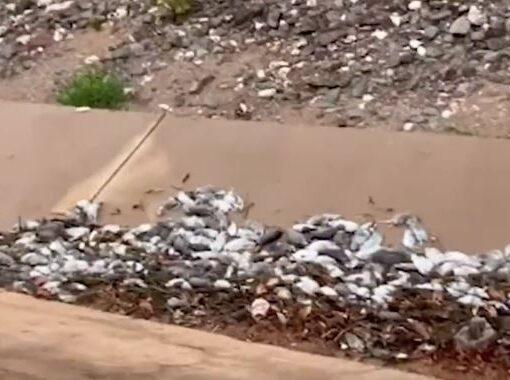
Sicily’s Perilous Display – Handling the Captivation and Ensuring Safety in the Face of Mount Etna’s Magnificent Eruption. On November 12, Europe’s most active volcano, Mount Etna, once more illuminated the night sky above Sicily with its magnificent eruption.
Mount Etna, being among the most active volcanoes globally, consistently captivates observers with its spectacular exhibitions. Nevertheless, this raises the inquiry: What are the ramifications of this volcanic activity on regional travel and tourism?
Highlights
- Mount Etna’s Decadal Activity: Mount Etna, Europe’s most active volcano, has exhibited nearly constant activity for the past decade, with frequent eruptions occurring multiple times in a year.
- Safety Measures in Place: Despite its dynamic nature, Mount Etna is considered a safe volcano for visitors. The primary inconvenience arises from ash fallout, leading to occasional closures of Catania airport and driving restrictions.
- Monitoring and Surveillance: Italy’s National Institute of Geophysics and Volcanology employs a sophisticated system of cameras, sensors, and human controls to monitor Mount Etna’s activity in real-time, ensuring the safety of those in the vicinity.
- Thrilling Tourist Experiences: Adventurous travelers have the opportunity to witness Mount Etna’s eruptions through organized night tours, providing a captivating view of the fiery light show. Safety precautions, such as staying below certain elevations and notifying accommodations, are advised.
- Recent Eruption Highlights: The eruption on November 12, which sent a lava fountain over 14,700 feet into the air, followed a pattern of heightened activity observed since October. While ash clouds affected local towns, international travel remained unaffected, showcasing the volcano’s impact on the region.
Eruptive Frequencies – A Decade of Constant Events
In the past decade, Mount Etna has exhibited an almost continuous level of activity, which distinguishes it as one of the most dynamic volcanoes in Europe.
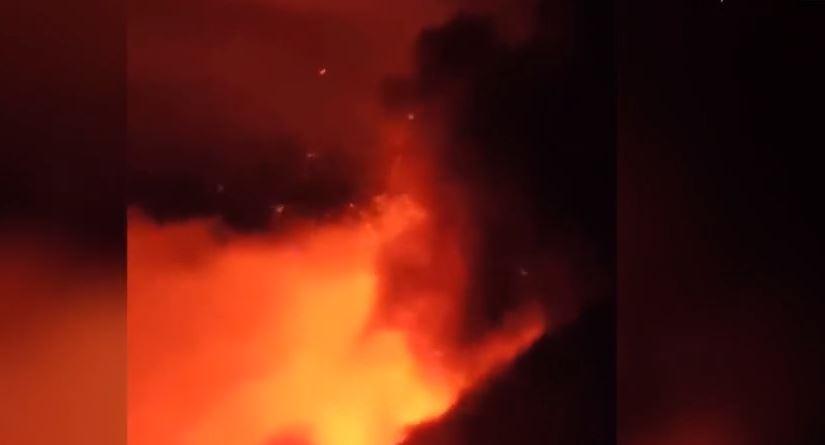
Volcanic eruptions are not uncommon; in 2021 alone, the summit of the volcano rose by nearly 30 meters due to its emissions.
The monitoring of Etna’s activity is facilitated by platforms such as Volcano Discovery, which provides live feeds and real-time updates via the Etna Observatory website.
Mount Etna – A Safe Amidst the Spectacle: Is a Visit Possible?
Despite its frequent volcanic eruptions, Mount Etna is generally regarded as a visitor-safe volcano. Volcanic activity rarely presents a direct danger to local inhabitants or visitors to the region.
The main source of disruption frequently arises from the ash fallout, which can at times result in temporary closures of Catania airport and restrictions on transportation.
The National Institute of Geophysics and Volcanology of Italy diligently oversees the security of Mount Etna by implementing an advanced system comprising cameras, sensors, and human controls to monitor and record seismic activity in real time.
Occasional dangers are brought to light by events that occurred in 1928, the 1990s, and 2002, despite the overall safety environment. This underscores the necessity for exercising prudence.
Experiences of Excitement – A Visit to Mount Etna Amid an Eruption
Exploration of Mount Etna during an eruption can provide daring travelers with an exhilarating experience. Night excursions, which are frequently organized by local guides, offer a captivating vantage point of the dazzling light show.
Although the eruptions are certainly captivating, it is recommended that visitors, unless accompanied by a local guide, remain below 2,900 meters.
Additionally, it is advisable to provide notification of routes to accommodations. To ensure safety, skiing enthusiasts are urged to remain on designated paths.
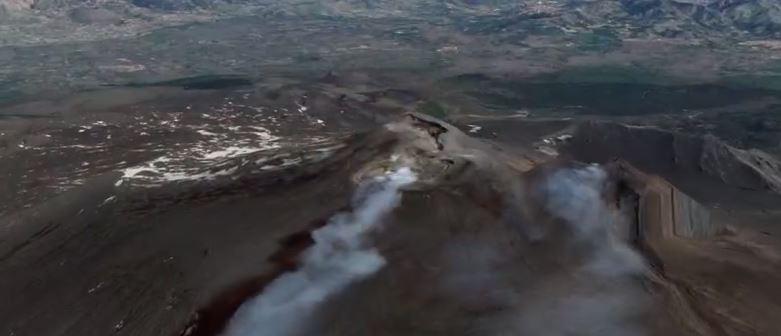
A Recent Eruption Illuminates the Night in Sicily
Volcanic activity peaked on November 12 when Mount Etna discharged a magma fountain exceeding 14,700 feet in altitude. Although ash clouds were generated above Milo and Zafferana Etnea, this occurrence did not cause any disruption to global travel.
A recurring trend of increased activity has been noted in this eruption since October, bearing resemblance to the eruption in August that caused a temporary closure of Catania Airport.
In accordance with the instructions of knowledgeable guides and local authorities, both tourists and locals are able to safely observe the awe-inspiring displays of Mount Etna.
The captivating spectacle of human intrigue intersects with the magnificence of nature during the nocturnal eruptions of Mount Etna, serving as evidence of the symbiotic relationship between the allure of Sicily and volcanic activity.
Frequently Asked Questions
- How often does Mount Etna erupt?
- Mount Etna, one of Europe’s most active volcanoes, has been in almost constant activity for the last decade, with eruptions occurring multiple times a year. The current eruption period began in 2013, showcasing its dynamic nature.
- Is Mount Etna safe to visit during an eruption?
- Generally considered a safe volcano, Mount Etna’s eruptions do not pose a direct threat to visitors. The primary inconvenience is ash fallout, leading to occasional closures of Catania airport. The volcano is under intense surveillance, ensuring safety measures are in place.
- Can visitors experience Mount Etna’s eruptions?
- Yes, visitors have the thrilling opportunity to witness Mount Etna’s eruptions through organized night tours, providing a mesmerizing view of the fiery light show. Safety precautions, including staying below certain elevations and notifying accommodations, are advised for an unforgettable experience.

